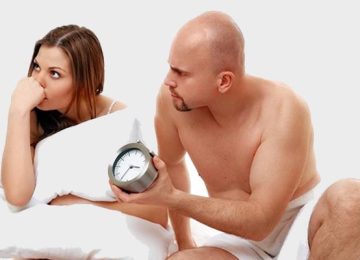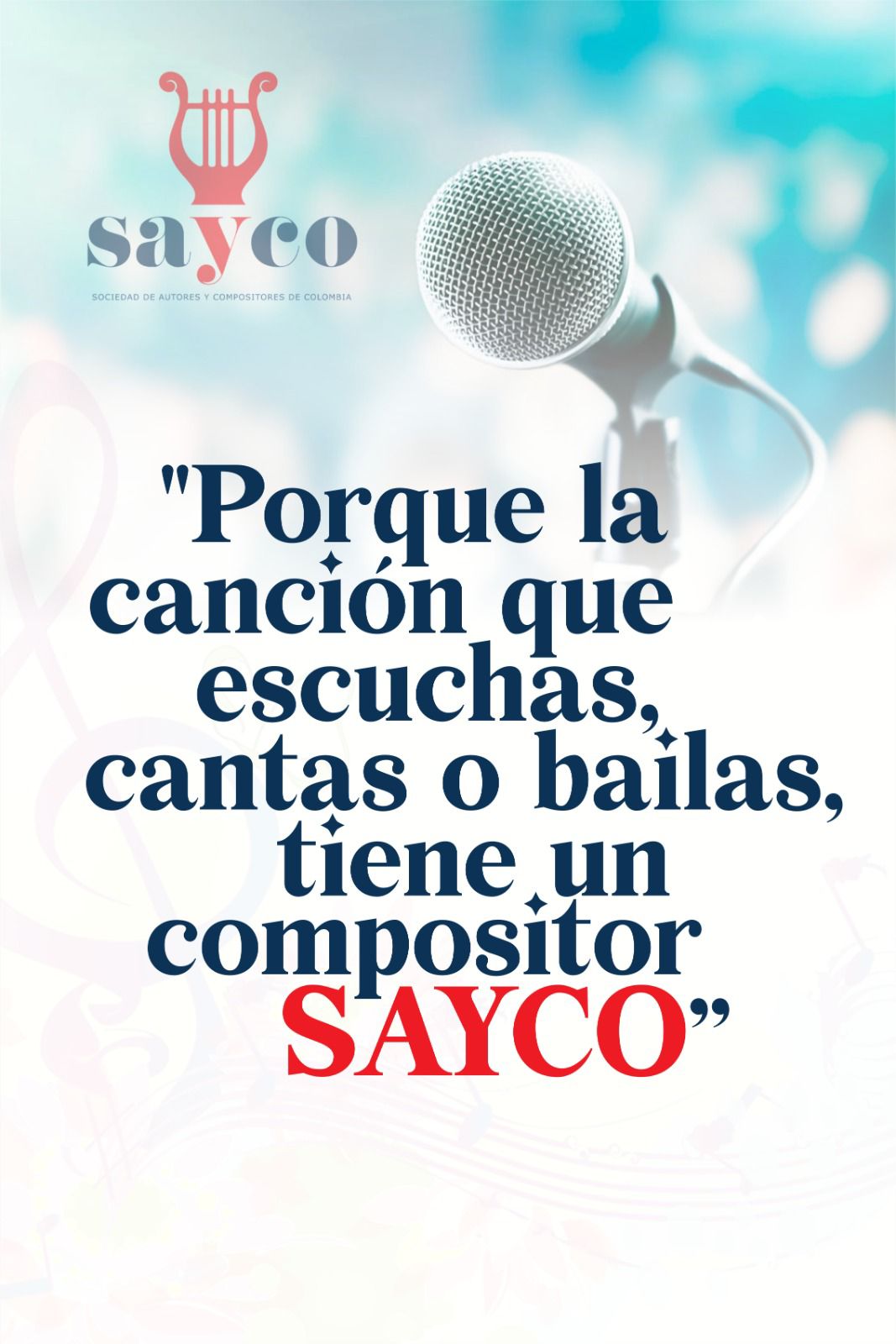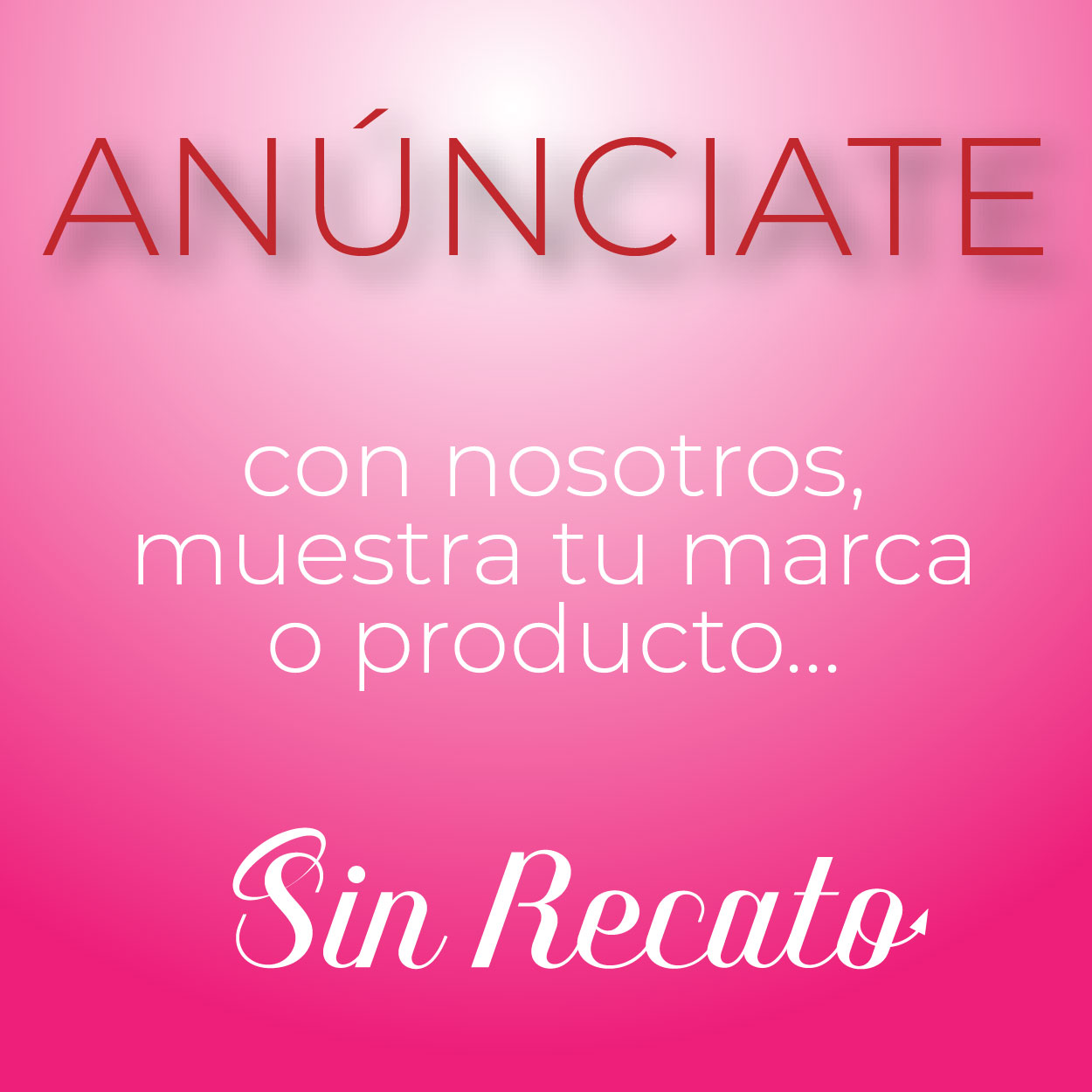Leona Chelmer was the first woman to design and patent the menstrual cup in 1937, and began selling it in the United States. The material was rubber and the muscles of the pelvic floor were the responsible ones for holding it.
But the happiness was short-lived. World War II broke out, production was suspended and the product became scarce. But the situation did not improve when the war ended, because women did not want to change the traditional sanitary towels for the new cup. And even more so at this time when female sexuality was taboo and it was unthinkable for a woman to touch her vagina.
After many experiments with various materials, in 2000 a suitable one was discovered: medical silicone, which is used in today’s cups; is hypoallergenic and resistant to bacteria.
This was the breakthrough regarding to the latex to which many women are allergic, it is more flexible and soft when introduced into the vaginal canal.
I spoke with Gizeh Ibarra, a 26-year-old panamanian entrepreneur with a degree in International Business and Logistics who is an expert on the subject.
“I started using the menstrual cup two years ago. It changed my life, free of sanitary pads, free of toxins that affected my intimate parts,” she said.
Thanks to her personal experience, on July 22nd of this year, in the midst of the quarantine, she launched her brand: Heracup, one hundred percent Panamanian sustainable feminine hygiene products. Her goal is to promote and educate about the use of the menstrual cup as an ecological and comfortable alternative.
Gizeh explains, fluently, what a menstrual cup is: “It is a container of medical silicone that collects the menstrual flow, while the sanitary pads absorb the flow and when it comes into contact with chemicals, it produces irritation and bad odor”.
Menstrual cups come in various sizes, depending on each woman; on her height, her weight and her body composition:
Size S cup: For young women who have not had sex. It is recommended from 14 years old.
Size M cup: For women up to the age of 30 who have not had vaginal delivery.
Size L cup: For women over 30 years old who have had vaginal birth.
Step by step
Gizeh says that it is important to get adviced on the subject and points out the advantages of the menstrual cup over traditional options such as sanitary pads or tampons:
Comfort: It can be used up to a maximum of 12 hours. It does not need to be removed to urinate.
Freedom of movement: You can perform your daily activities such as: running, jumping, swimming, dancing or practicing a sport.
No infections: It is hypoallergenic, does not cause infections, or dryness in the vaginal area.
Long life: The menstrual cup has a life span of 6 to 10 years. This depends on how you take care of it.
Economic investment: Once you get it in a few months you recover the investment.
Emotional investment: No more worries if you get stained, or if you can wear white clothes.

Before it is used, is recommended to visit your gynecologist.
Each process is different, some women use it from the first day in the right way, others take longer to make the decision because they think it will make them uncomfortable or they will suffer an accident. But everything changes, once they use it correctly.
It is important to sterilize it before use and then after the menstrual cycle has passed. Between changes, it should only be washed with soap and water. There are four ways to sterilize:
1. In a small pot, boil water for 3 to 5 minutes.
2. In the microwave, you put it in the sterilizing cup for 3 minutes.
3. In a sterilizer with water that is automatically programmed for 8 minutes.
4. In an ultraviolet light sterilizer, which is characterized by the elimination of odors.
Although, in general, its use is advantageous, if it is used for more than 12 hours, as it happens with traditional products, it can cause the toxic shock syndrome (TSS), which causes general malaise, high fever, confusion, nausea, vomiting or diarrhea, low blood pressure and skin rashes.
If you have any doubts about using it, it is important to consult your gynecologist. It is an alternative for a new generation of women who are aware of their lives and their bodies, and who also want to avoid polluting the planet.
Traducción del español: Catalina Oviedo Brugés.














